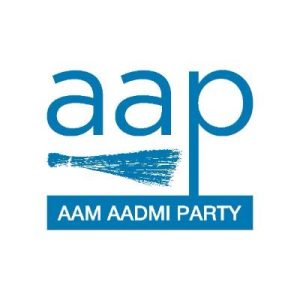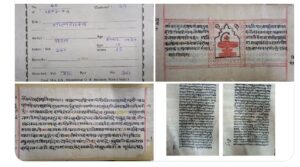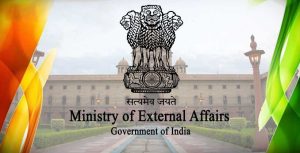New Delhi, 12 September: India has been strengthening its road infrastructure up to the northeast border since the standoff with China in eastern Ladakh began. Along with this, now the Modi government is going to build a 15.6 km long twin road tunnel of strategic importance underwater in the Brahmaputra river from December end of this year.
The Central Government and the Directorate of Military Operations (DMO) have also given in-principle consent to this project. The project costing about Rs 12,807 crore will not only protect the Kaziranga National Park in the state of Assam, but will further strengthen the connectivity of Arunachal Pradesh with other parts of the country through this tunnel.
There have been reports over the years that China is building a dam in Tibet’s Medog County, near the Arunachal Pradesh border, to stop the flow of the Yarlung Zangbo River, which originates in the Tibet Autonomous Region. This Yarlung Zangbo River becomes the Brahmaputra River when it enters Assam in India and flows through Assam into Bangladesh.
After the construction of Chinese dam on the Brahmaputra River, many neighboring countries including India, Bangladesh may have to face both drought and floods because China can stop the water of the dam or open the doors of the dam at any time of its own free will.
In such a situation, the supply of water to the north-eastern states of India may also be disrupted. The Brahmaputra is considered the base of life for the north-eastern states of India and Bangladesh and millions of people depend on it for their livelihood.
To counter this challenge being posed by China, India is preparing to build a 15.6-km-long twin tunnel under the mighty Brahmaputra River.
Initially, the Border Roads Organization (BRO) had planned the tunnel construction on the Brahmaputra River, but the BRO did not prepare the Detailed Project Report (DPR).
Meanwhile, the road ministry took the project’s concurrence from the defense ministry and gave a green signal to the National Highways and Infrastructure Development Corporation Limited (NHIDCL) as its DPR is in advanced stage. In a meeting chaired by Road Secretary Giridhar Armane on September 1, NHIDCL has been directed to prepare a draft note for the Cabinet Committee on Safety. Thereafter, NHIDCL has submitted the draft Geophysical Study of Twin Tunnel to the Ministry of Roads.
Due to the strategic importance, the Central Government and the DMO have also given their in-principle consent to this project. The cost of this project will be Rs 12,807 crore and the construction of a four-lane tunnel under the Brahmaputra River will be done with tunnel boring machines. It is expected to be completed in two years after the commencement of the work.
However, the project will be fully funded by the Ministry of Road Transport and Highways. This four lane tunnel connecting NH 54 to NH 37 under the Brahmaputra River will further strengthen the connectivity of Arunachal Pradesh. This special tunnel will be built under the Brahmaputra River from Gohpur to Numaligarh. The construction work of the tunnel will start in December of this year.
According to NHIDCL, both the tunnels will be interlinked to facilitate evacuation in case of an accident or any other emergency. The tunnels will have an electrical substation, sensors and CCTVs to monitor vehicular movement. The two tunnels, to be constructed 22 meters below the river bed, will have two lanes for traffic each. The total length of the project is about 33 km. This will include 15.6 km of tunnel and 18 km to connect with the highway. Access roads are included.
“In the four-lane tunnel, vehicles will be able to move at a speed of 70 to 80 kilometers per hour inside two tubes. Through this tunnel, the supply of military vehicles, logistics and strategic goods will be made to the border with Arunachal Pradesh,” according to the NHIDCL.
In fact NHIDCL had proposed to build a four-lane bridge over the Brahmaputra to connect Gohpur and Numaligarh but in 2019 it was decided to build a twin tube tunnel considering it more strategically useful in case of war or any other external circumstances. Till now it takes around six hours to cover a distance of about 223 kms from Numaligarh to Gohpur. The two-lane road adjacent to Kaziranga Wildlife Sanctuary is more winding because of the longer travel time.
After tunnelling under the river, the distance between Numaligarh and Gohpur is 35 km. and will take less than an hour. The project will improve connectivity between the north and south sides of the Brahmaputra River and will result in greater economic development in the region.





